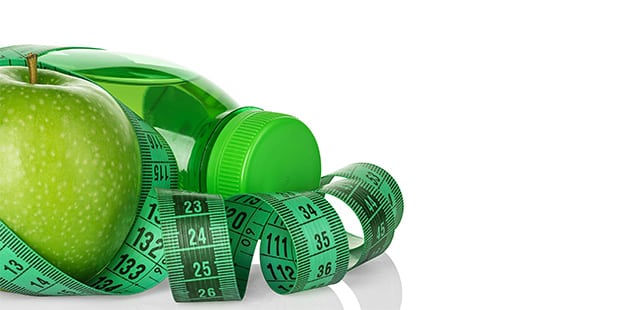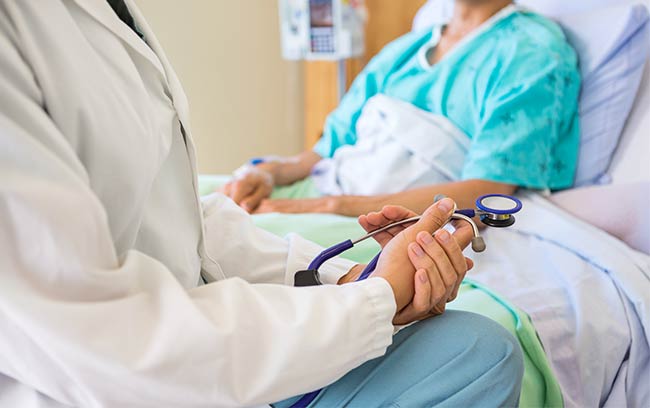
Weight loss surgery will result in major physical changes as your surgeon alters your stomach and/or small intestine. Your new stomach will now be a lot smaller, and it will need several weeks to heal from the surgery.
Following surgery:
- You will need to follow specific instructions in order to reduce complications, improve your results, and speed up your healing time.
- You will receive an improved meal plan designed to promote weight loss but keep your strength and nutrition steady.
CONTACT US TODAY
Eating
You will likely need to follow a meal plan made up of approximately five stages. The meals will be low in fat and sugar, but high in protein. You should plan on eating small meals throughout the day while you adjust to your new stomach size.
Be sure to take small bites and chew your food until it becomes liquid. You should also sip liquids slowly. Keep in mind that it takes about ten minutes to consume one ounce of food, and 30 to 60 minutes to fully consume a meal. Stop eating as soon as you feel full, and do not try to force yourself to continue. Additionally, you should avoid using a straw while drinking fluids, because this can increase your chances of drinking too much too quickly. Using a straw can also cause you to swallow air that will put unnecessary pressure on your stomach.

Schedule of the Five-Stage Meal Plan
Stage 1: Water
The first stage is the shortest. Patients will generally begin the first stage on the day after their surgery. During this stage, you will slowly sip an ounce of water once every hour. You should stop if they feel nauseated.
Stage 2: Clear Liquids
The second stage is also brief. During the second stage, you will be given three ounces of a clear liquid, like broth, a few times a day. In between meals, the patient may have sips of water. You should try to drink one to four ounces of a liquid between meals.
Stage 3: High-Protein Full Liquids
During the third stage, you should try to drink at least 64 ounces of fluids that contain at least 50 grams of protein per day. Protein helps with healing, so you need a lot of it. Your medical team will give them a list of fluids and foods you may have. You should begin to keep a log recording what you eat.
Stage 4: Soft and Moist Proteins
The fourth stage generally lasts around four to six weeks. During this stage, you will continue taking the same amount of fluids and proteins that you had during Stage Three. You will also begin taking supplements and eating soft foods from an approved list. You will likely not be able to take fluids with your meals; you won’t be able to drink anything until at least 30 minutes after the meal. Foods containing lots of protein should be eaten first.
Stage 5: High-Protein, Low-Sugar, and Low-Fat
You will move on to the fifth and final stage after completing the fourth stage. You are now able to eat a wide range of foods. You should add only one new food to your diet at a time, because you are likely to have new intolerances that you will need to identify. By this stage, you should be eating 1000 to 1500 calories per day. This stage will last the rest of your life.
What About Exercise?
You will be encouraged to exercise. You should start trying to walk on your own as soon as you feel able. You should also follow your medical team’s advice regarding specific exercise programs. For example, you will likely not be able to lift anything over 15 pounds for the first six or seven weeks after surgery.
When a person eats too few calories, their body will burn up any unused muscle or fat – and it will tend to pick unused muscle first. Exercising encourages the body to burn up fat instead and helps you to gain strength.
Returning to Work
You will need to rest for several weeks after surgery, but you may return to work once you feel able. If you have a desk job, you usually can return to work two to six weeks after the surgery. Patients who perform manual labor should wait six to eight weeks.
Keep in mind that you should not drive until you have finished taking the pain medications prescribed to you after your surgery.

